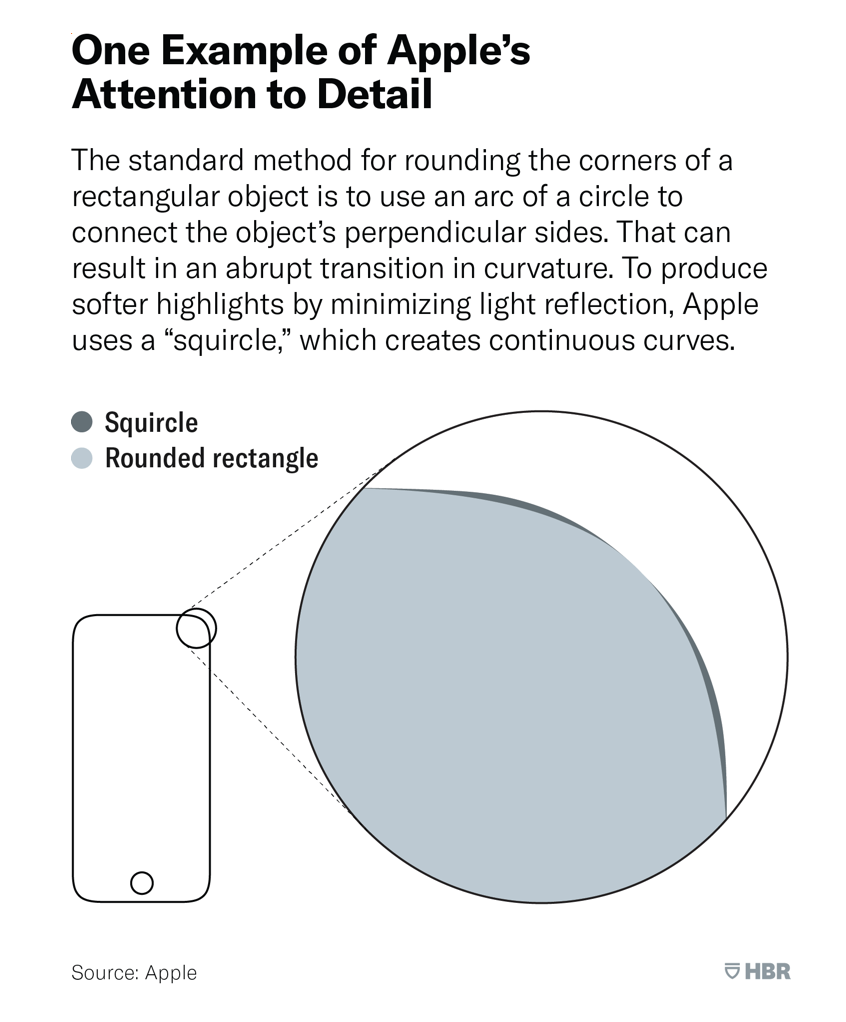Joel Podolny, the Dean and Vice President of Apple University in Cupertino shared an interesting look into what makes Apple one of the most successful companies to ever exist.
Alongside Morten Hansen, a faculty member at the university, Podolny shared a detailed report of the company’s organisational structure in the Harvard Business Review. They broke down the divisions of the company ever since Steve Jobs came back in 1997:
“When Jobs arrived back at Apple, it had a conventional structure for a company of its size and scope. It was divided into business units, each with its own P&L responsibilities. General managers ran the Macintosh products group, the information appliances division, and the server products division, among others. As is often the case with decentralized business units, managers were inclined to fight with one another, over transfer prices in particular. Believing that conventional management had stifled innovation, Jobs, in his first year returning as CEO, laid off the general managers of all the business units (in a single day), put the entire company under one P&L, and combined the disparate functional departments of the business units into one functional organization.”
Apple’s one functional organization structure proves to be quite effective and, according to Podolny, proves that in order to be successful, dividing up the company into decentralized divisions isn’t the only way to go.
“As the Harvard Business School historian Alfred Chandler documented, U.S. companies such as DuPont and General Motors moved from a functional to a multidivisional structure in the early 20th century. By the latter half of the century the vast majority of large corporations had followed suit. Apple proves that this conventional approach is not necessary and that the functional structure may benefit companies facing tremendous technological change and industry upheaval.”
Podolny and Hansen then go on to say that even though the structure has proven to be quite effective, that does not mean that it has remained static. “As the importance of artificial intelligence and other new areas has increased, that structure has changed. Here we discuss the innovation benefits and leadership challenges of Apple’s distinctive and ever-evolving organizational model, which may be useful for individuals and companies wanting to better understand how to succeed in rapidly changing environments.”
Apple, according to Podolny, keeps this centralised structure to nurture and provide for their innovations. “Apple relies on a structure that centers on functional expertise. Its fundamental belief is that those with the most expertise and experience in a domain should have decision rights for that domain. This is based on two views: First, Apple competes in markets where the rates of technological change and disruption are high, so it must rely on the judgment and intuition of people with deep knowledge of the technologies responsible for disruption. Long before it can get market feedback and solid market forecasts, the company must make bets about which technologies and designs are likely to succeed in smartphones, computers, and so on. Relying on technical experts rather than general managers increases the odds that those bets will pay off.”
The article further goes on to describe the three leadership qualities that Apple looks for in their team leads:
“Deep expertise that allows them to meaningfully engage in all the work being done within their individual functions; immersion in the details of those functions; and a willingness to collaboratively debate other functions during collective decision-making. When managers have these attributes, decisions are made in a coordinated fashion by the people most qualified to make them.”
An example of Apple’s attention to detail is their rounded corners on their iPhones:
To round corners, instead of a standard Rounded Rectangle, Apple uses what they call a Squircle. This ensures a smoother transition between perpendicular sides.
“Apple’s functional organization is rare, if not unique, among very large companies. It flies in the face of prevailing management theory that companies should be reorganized into divisions and business units as they become large.”
The full feature can be read on the Harvard Business Review website.







 AIC issues strong statement against the Govt of Pakistan regarding social media rules
AIC issues strong statement against the Govt of Pakistan regarding social media rules